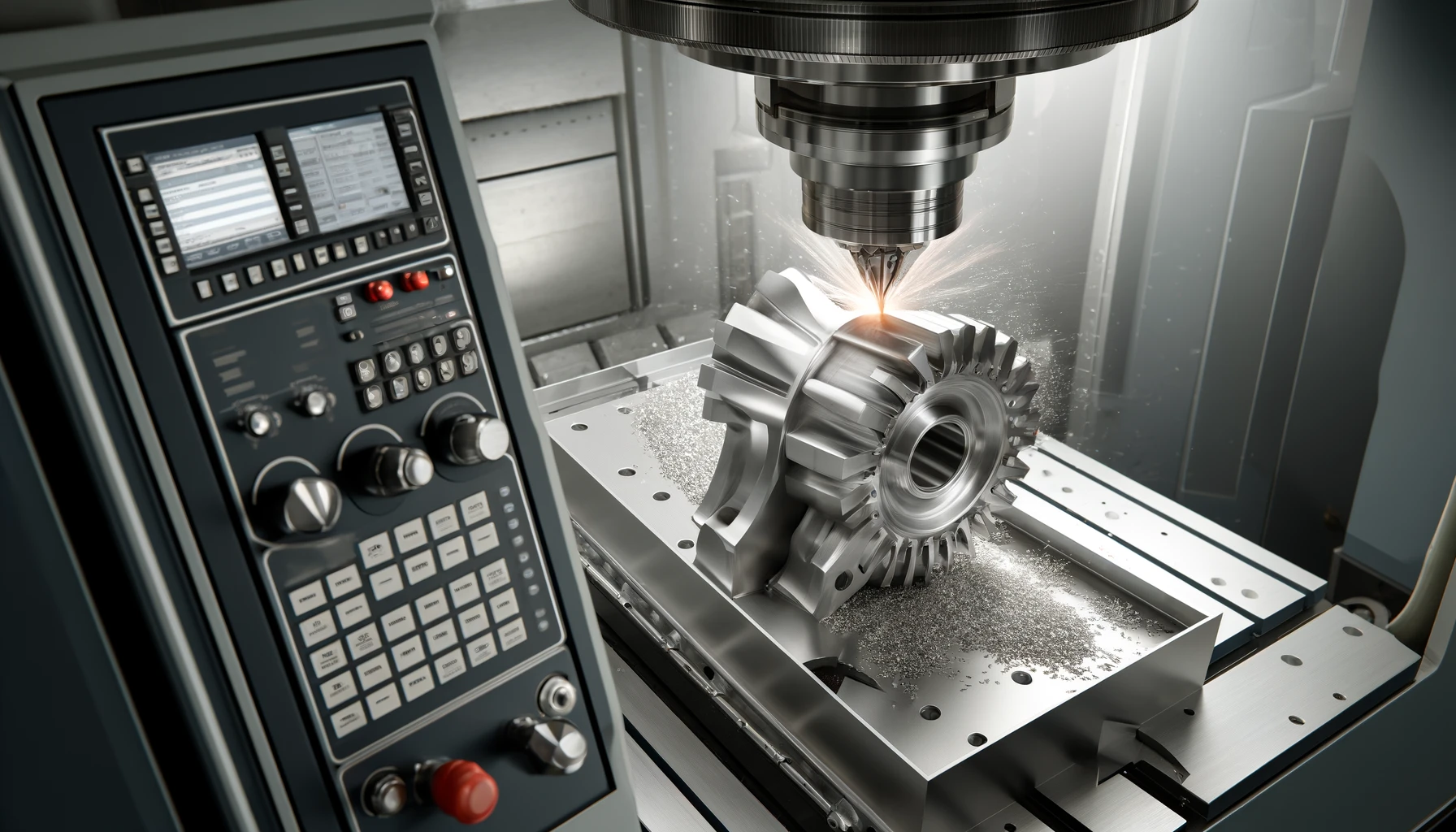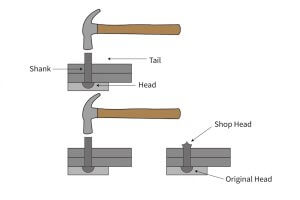Introduction to CNC Machining of Aluminum for Food Automation
In the realm of food automation, precision and reliability are paramount. Aluminum parts play a critical role due to their resilience and lightweight nature, which are essential in high-speed food processing environments. CNC machining offers unparalleled precision, making it indispensable for producing complex aluminum parts that meet stringent regulatory standards for food machinery. This article explores the most effective CNC machining techniques for aluminum, addressing common challenges and highlighting innovative solutions that enhance production efficiency and part quality.
China Online CNC Machining Service
Why Is Aluminum Preferred for Food Automation Machinery Parts?
Aluminum’s popularity in food automation machinery stems from several inherent properties that make it exceptionally suitable for this application:
- Lightweight: Aluminum’s low density reduces the overall weight of machinery, facilitating easier handling and reduced energy consumption in automated systems.
- Corrosion Resistance: Its natural resistance to corrosion is vital in harsh food processing environments, where exposure to acids, moisture, and cleaning chemicals is frequent.
- Thermal Conductivity: Excellent thermal properties ensure quick heat dissipation, crucial for maintaining machinery at optimal operating temperatures without overheating.
These characteristics not only make aluminum ideal for the demands of food automation but also enhance the machinery’s longevity and reliability.
What Are the Common Challenges in Machining Aluminum for Food Machinery?
Machining aluminum, while beneficial, poses specific challenges that can impact the manufacturing process and the quality of the final product:
- Material Softness: Aluminum’s softness can lead to excessive tool wear and material deformation, complicating the machining process.
- Adhesion: The tendency of aluminum to adhere to cutting tools results in poor surface finishes and can damage both the tool and the part.
- Thermal Expansion: Managing the thermal expansion due to aluminum’s high thermal conductivity is crucial to avoid dimensional inaccuracies during machining.
Addressing these challenges requires a careful selection of machining techniques and tooling solutions tailored to aluminum’s properties.
How Can Tool Selection Impact the Quality of Machined Aluminum Parts?
Selecting the right tools is crucial for effectively machining aluminum and achieving high-quality parts:
- Tool Material: Tools made from polycrystalline diamond (PCD) or carbide are preferred for their hardness and durability.
- Tool Geometry: Optimized cutting angles and specialized coatings can reduce adhesion and wear, enhancing tool performance and part quality.
Data Table: Tool Performance Comparison
| Tool Type | Material | Durability | Cost | Suitability for Aluminum |
|---|---|---|---|---|
| PCD | Diamond | Very High | High | Excellent |
| Carbide | Tungsten | High | Moderate | Very Good |
| HSS | Steel | Moderate | Low | Good |
This table illustrates the benefits of selecting appropriate tools for machining aluminum, emphasizing the importance of balancing cost and performance to achieve optimal results.
What Advanced Machining Techniques Enhance Aluminum Machining?
Advanced machining techniques can significantly improve the efficiency and quality of aluminum machining processes:
- High-Speed Machining (HSM): This technique involves operating at high spindle speeds and feed rates, which reduces the cutting forces and minimizes tool wear and heat generation.
- Cryogenic Machining: Utilizing liquid nitrogen to cool the cutting area prevents the aluminum from softening and reduces thermal deformation.
Case Study: A food packaging manufacturer adopted high-speed machining for their aluminum components, which led to a 30% increase in production throughput and a 25% reduction in tool wear.
Can Surface Treatments Improve the Performance of CNC Machined Aluminum Parts?
Surface treatments are essential for enhancing the functional properties of aluminum parts, making them more suitable for the demanding environment of food automation machinery. These treatments not only increase the durability of parts but also improve their resistance to common issues such as corrosion and wear.
Key Surface Treatments:
- Anodizing: This electrochemical process thickens the aluminum’s natural oxide layer, significantly enhancing its corrosion resistance and surface hardness. Anodized aluminum is better suited to withstand the frequent cleaning and harsh chemicals found in food processing environments.
- Chromate Conversion Coating: Provides excellent protection against corrosion, especially for aluminum alloys prone to such issues, and is crucial for parts exposed to acidic or alkaline substances.
- Powder Coating: Offers a robust, protective finish that is thicker than paint, providing superior resistance to chipping, scratching, and other forms of mechanical wear.
Data Table: Effects of Various Surface Treatments on Aluminum
| Surface Treatment | Corrosion Resistance | Wear Resistance | Cost | Application Suitability |
|---|---|---|---|---|
| Anodizing | High | High | Moderate | Ideal for exposed parts |
| Chromate Conversion | High | Medium | High | Critical internal components |
| Powder Coating | Medium | High | Low | Non-contact parts |
These treatments not only extend the lifespan of aluminum parts but also ensure that they meet the rigorous hygiene standards required in food production facilities.
How to Optimize CNC Settings for Machining Aluminum?
Optimizing CNC machine settings is crucial for achieving high-quality machining results while minimizing wear and improving efficiency. Correct settings help mitigate some of the natural difficulties associated with machining aluminum, such as its softness and tendency to stick to cutting tools.
Optimal CNC Settings Include:
- Spindle Speed: High spindle speeds help reduce the contact time between the tool and the aluminum, minimizing adhesive wear.
- Feed Rate: Adjusting the feed rate to the optimal level ensures efficient chip evacuation, reducing the chance of chip re-welding and surface finish defects.
- Coolant Use: Proper application and type of coolant are critical for preventing overheating and reducing the chemical reactivity that can lead to corrosion.
Case Study: Optimization of CNC settings in a leading food packaging machinery manufacturer demonstrated a 20% increase in part lifespan and a 15% reduction in scrap rates due to enhanced precision and reduced thermal deformation.
What Are the Future Trends in CNC Machining for Aluminum in Food Automation?
Looking ahead, the future of CNC machining for aluminum in food automation is set to be shaped by several emerging trends and technologies that promise to enhance precision, efficiency, and sustainability.
Emerging Trends:
- Automation and Robotics: Increased integration of robotic systems in CNC machining operations allows for more precise and consistent production runs with minimal human error.
- Smart Machining Technologies: Incorporation of AI and IoT within CNC systems for real-time adjustments and predictive maintenance will further improve machining accuracy and tool life.
- Sustainable Machining Practices: Development of new machining processes and tools that reduce power consumption and waste generation, aligning with global sustainability goals.
These innovations not only promise to refine the process of machining aluminum for food automation but also aim to meet the increasing demands for efficiency and environmental responsibility in manufacturing.
Other Articles You Might Enjoy
- Aluminum CNC Machining Service for Custom Parts
Aluminum CNC machining stands at the forefront of modern manufacturing, epitomizing precision, versatility, and efficiency. With its widespread applications across industries ranging from aerospace to automotive and beyond, aluminum CNC…
- How Does CNC Machining Optimize Aluminum Parts for Food Automation Machinery?
Introduction to CNC Machining of Aluminum for Food Automation Machinery CNC machining stands as a cornerstone in the manufacturing of precision parts, particularly when it comes to aluminum—a metal revered…
- How Does the Use of CNC Machining Parts in Molds Improve the Performance of Food Automation Machinery?
Introduction CNC (Computer Numerical Control) machining has revolutionized the manufacturing world with its precision and versatility, especially in producing complex parts for various industries. In the realm of food automation…









